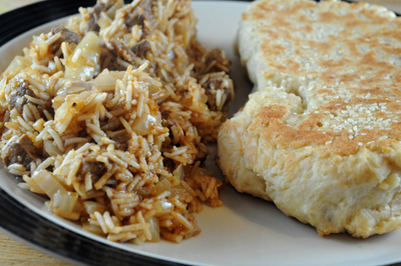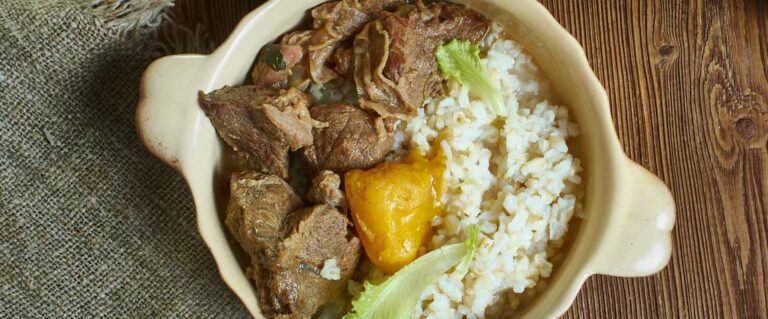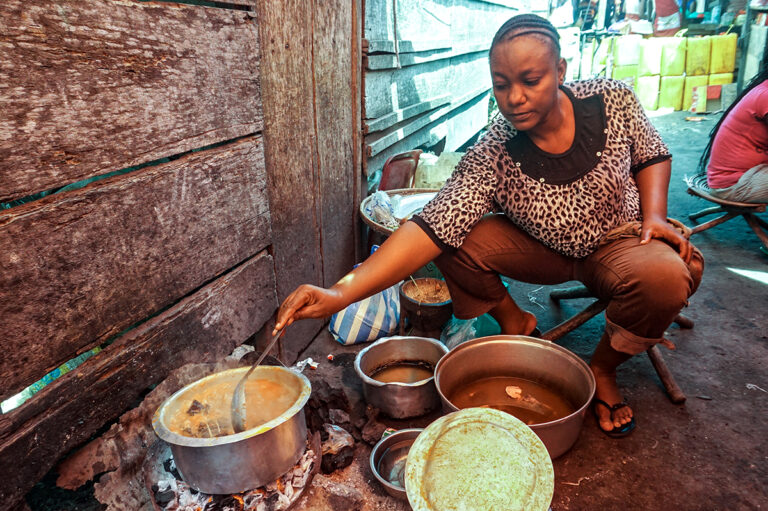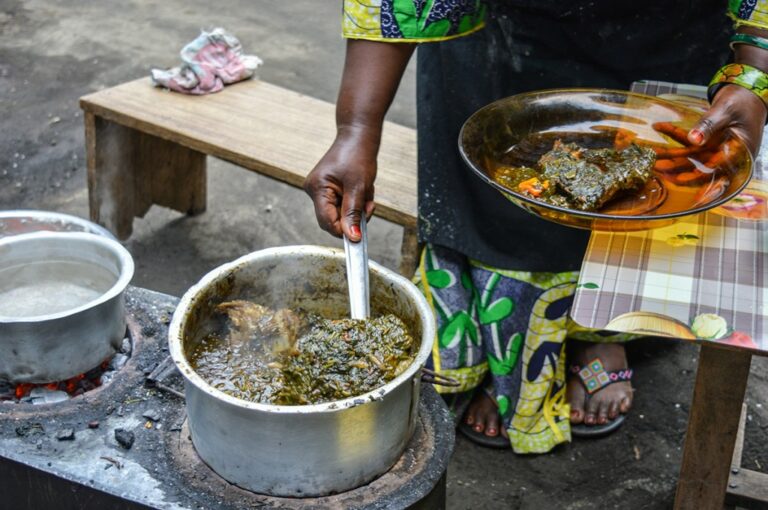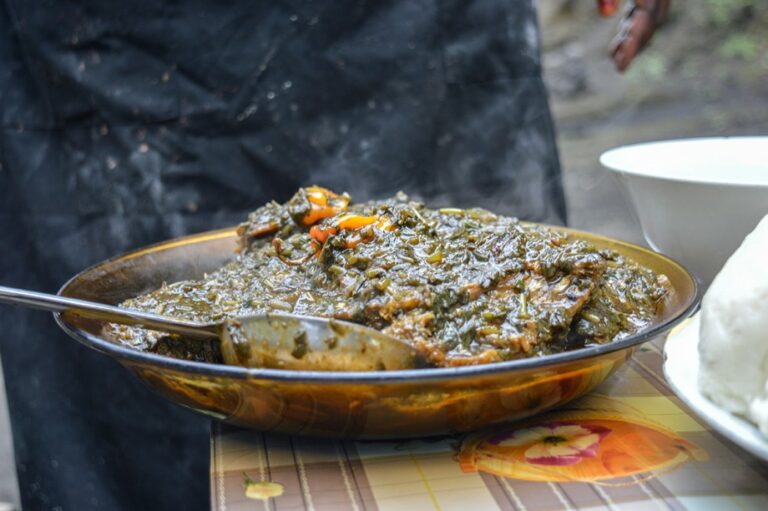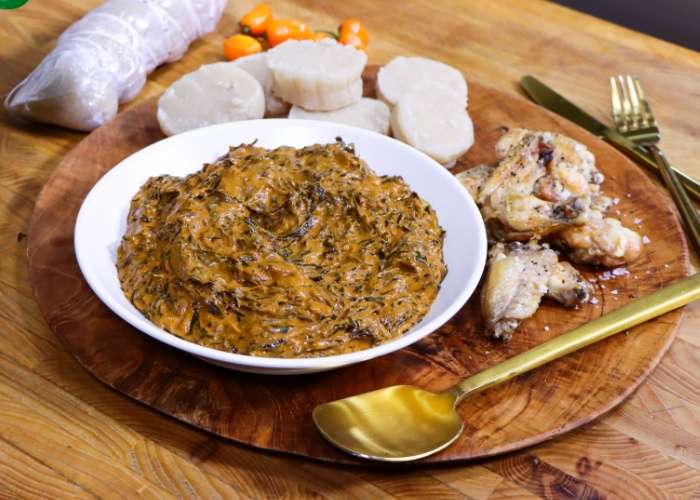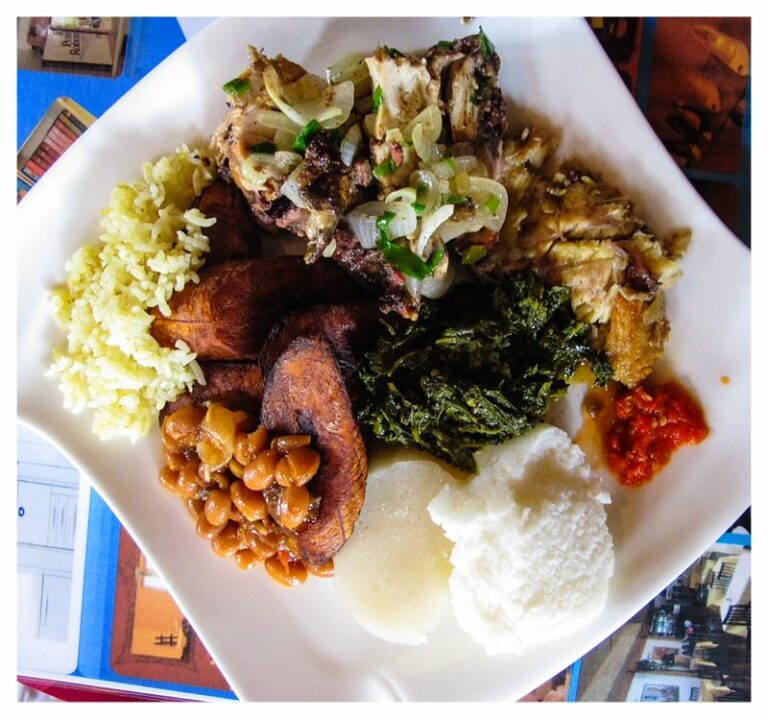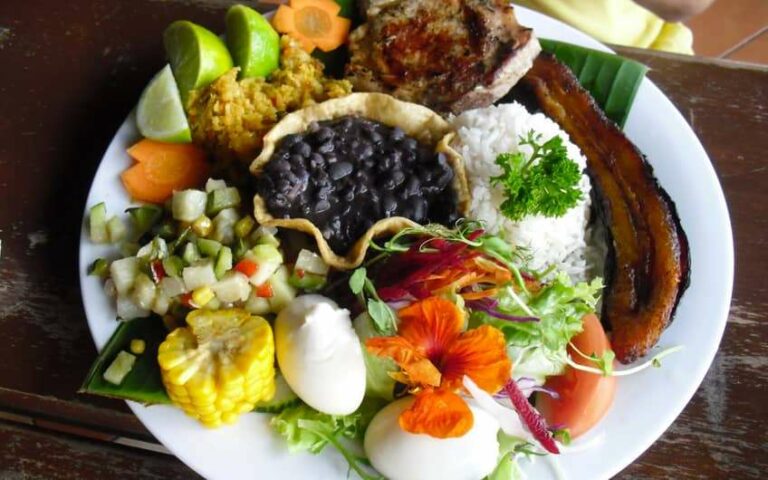Introduction to Comorian cuisine
Comoros is a small island nation located off the southeastern coast of Africa. The country consists of three main islands and has a rich and diverse culture. Comorian cuisine is influenced by African, Arabic, Indian, and French cuisine. The dishes are often prepared using local ingredients and spices, resulting in unique and flavorful cuisine.
Meat in Comorian dishes
Meat is an essential component of Comorian cuisine. The island’s population relies heavily on fishing and farming, and the meat dishes are a reflection of this. The most popular meats used in Comorian cuisine include beef, chicken, goat, and fish. These meats are often cooked with local spices and coconut milk, resulting in a rich and flavorful experience.
Langouste à la Vanille
Langouste à la Vanille is a popular dish in Comoros. The dish is made with fresh lobster cooked in vanilla sauce and served with rice. The vanilla sauce is made by simmering vanilla beans, onions, garlic, and ginger in coconut milk. The dish is typically served during special occasions and is considered a luxurious treat.
Mataba
Mataba is a traditional Comorian dish made with beef or chicken cooked in coconut milk and wrapped in banana leaves. The dish is seasoned with turmeric, ginger, and garlic and cooked until the meat is tender. The banana leaves are then opened, and the meat is served with rice or cassava.
Poulet Coco
Poulet Coco is a popular chicken dish in Comoros. The dish is made with chicken cooked in coconut milk and seasoned with local spices. The chicken is simmered until it is tender and is served with rice. The dish is often served during special occasions and is a favorite among locals.
Fish Curry
Fish Curry is a staple in Comorian cuisine. The dish is made with fresh fish cooked in a coconut milk sauce with local spices and vegetables. The fish is typically served with rice or bread and is a common dish for lunch or dinner.
Grilled Meat
Grilled Meat is a popular dish in Comoros, especially during special occasions. The meat is marinated in local spices and grilled over an open flame. The dish is typically served with rice or cassava and is a favorite among locals.
Conclusion and recommendations
Comorian cuisine is a unique blend of African, Arabic, Indian, and French cuisine. The meat dishes in Comoros are rich and flavorful, often cooked with coconut milk and local spices. Langouste à la Vanille, Mataba, Poulet Coco, Fish Curry, and Grilled Meat are some of the most popular meat dishes in Comoros. If you ever have the chance to visit Comoros, be sure to try these dishes and experience the rich and diverse cuisine the country has to offer.

